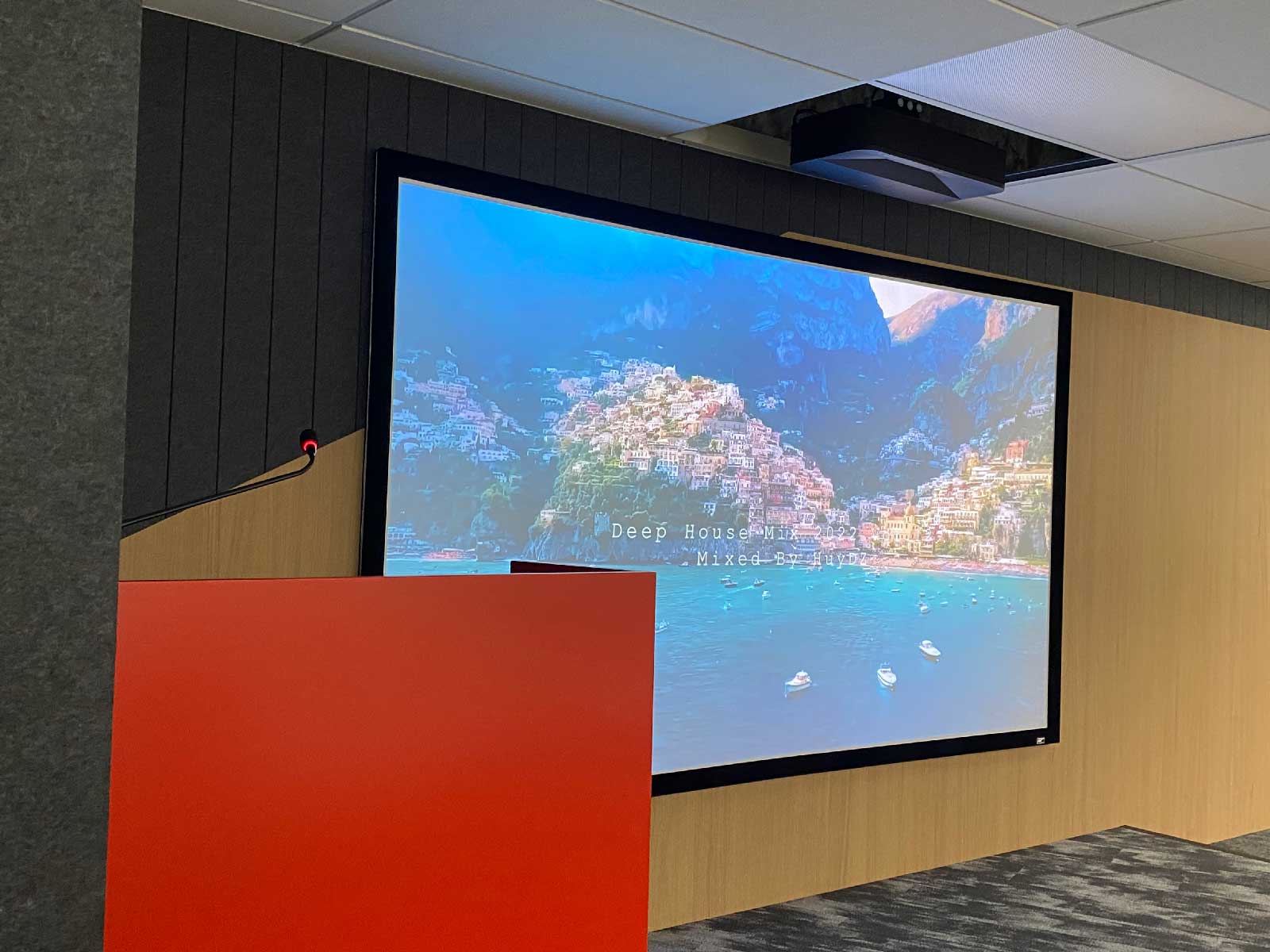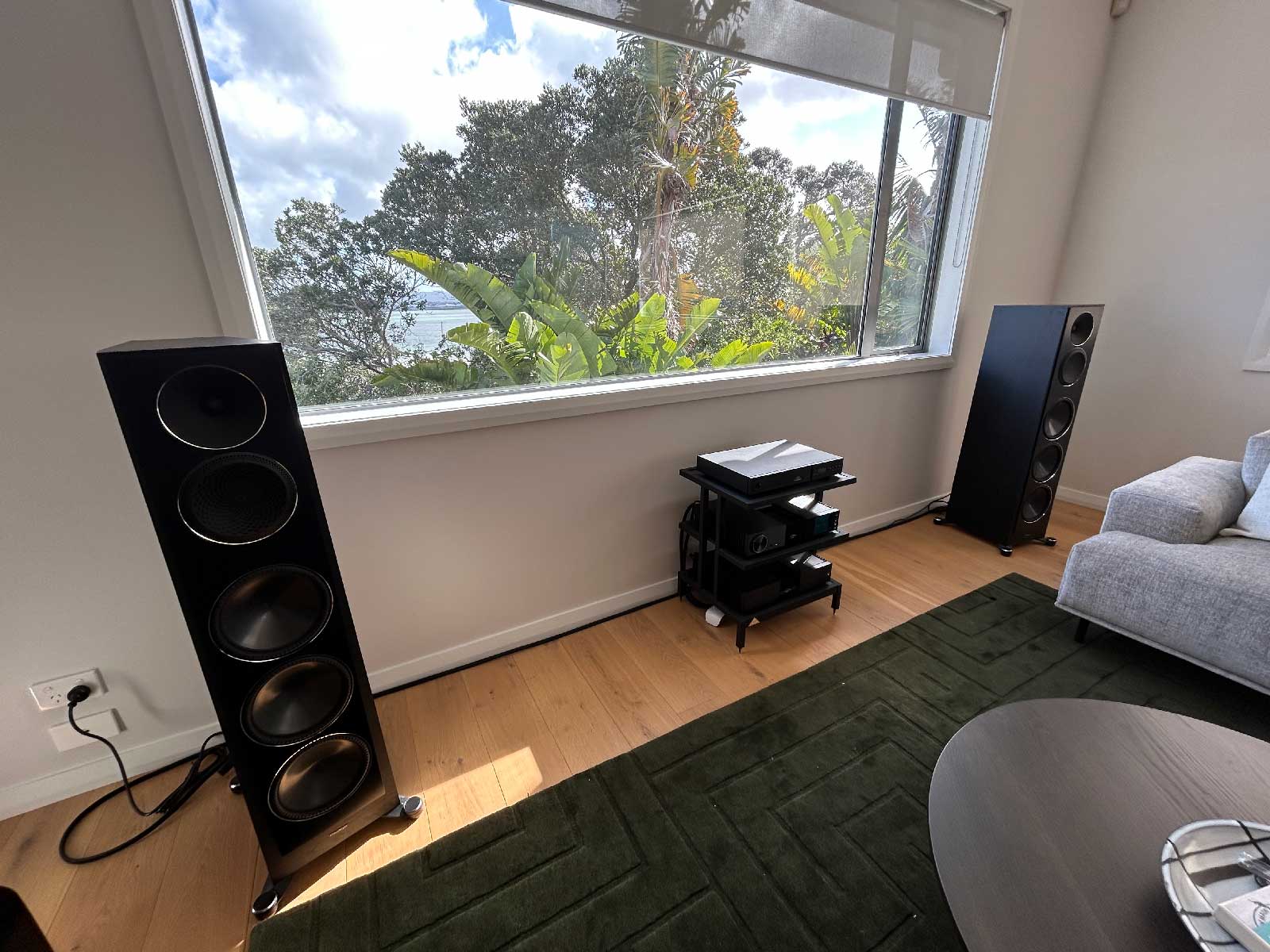
The Qobuz Streaming Service & why we use it.
The Qobuz Streaming Service was formed in 2008. Their goal was to offer the digital world the aspects of music fandom that audiophiles, those who love music best, have always cherished.
For the Qobuz Streaming Service , that meant quality sound, quality editorial, and a freedom of choice that wholly excludes bias. As a result of their diverse collective culture and our musical education, Qobuz catered to artists old and new. They wanted to design a service that catered to highly specialized music lovers, all over the world… i.e. you, me and our friends.

From Analog to Digital Audio
An analog audio signal is composed of a sine wave, like an electrical signal. A digital signal is simply the reproduction of this sine curve which represents the sonic wave. There are many ways of going about this reproduction with a fair amount of precision and fidelity. The more precise the digital reproduction is, the more faithful the end result will be. This precision depends on the format chosen and the quality of the file.
How do you guarantee optimum streaming quality and download quality?
The best musical experience is guaranteed by a number of different factors, each responsible for a different part of the music. Qobuz strives to ensure that requirements are equally met at every single step over the course of music’s journey of creation. Let us detail that below.
So How Does The Music Come Together At Qobuzz?

Composition is the first step that an artist, performer or band takes when they embark on the creative process.
This results in a finished musical product and it is during this crucial stage that an artist defines the musical direction they wish to take.
At this step in the process, composition helps refine the musical identity of an artist and assigns them to a certain style.

Recording is the moment an artist enters the studio.
Broadly speaking, the sound engineer’s practical and analytical viewpoint helps an artist obtain a product that appeals to the audience and remains within the defined genre.
The recording determines the final quality of the sound and gives it a particular tone. The sound engineer chooses certain techniques and equipment in order to guarantee the best possible quality of sound.

Mixing is the step where different effects are added — compression, equalization, reverb, echo — which will effectively define the sound and identity of the song and/or album.
This is an important part of the artistic process (mixing) because this is the step when the sonic balance is struck between the different components of a piece. It is important that every instrument has a well-defined role in the spectrum of sound, especially in pop music. The sound engineer attends to this process as well to ensure optimum sound quality.

The main goal of mastering is to ensure a level of uniformity between pieces using a standard equalization process. Pieces need to be brought together with the help of different tools.
The sound engineer tasked with the mastering process determines which treatments are needed in order to obtain a product with a high quality of sound and a satisfactory level of volume.
Finally, depending on the desired format and the destination of the product, a reduction in resolution may need to be applied (with studios recording in 24-Bit quality and CDs having a resolution of 16-Bit). The application of ‘dither’ allows the resolution to be changed by reducing the noise of quantization. Without this final step, quantization would happen simply by ‘truncating’ the extra bits; the resulting quantized sound does not sound like music at all.

To guarantee the proper implementation of all these links in the chain — and thus the work of all the artists, sound engineers, and producers — and maximum fidelity to sound, a reliable audio source is necessary.
Before any analog amplification, a conversion from digital is necessary. Qobuz offers the optimum quality so that you can enjoy a high-fidelity listening experience, no matter what kind of equipment you use. Whether you choose to listen on a smartphone or on a desktop computer, the Qobuz Streaming Service apps guarantee the best quality available with the equipment used.

Sound equipment is generally made up of an amplifier and speakers, usually in a pair to benefit from a stereo listening experience.
As well as having an amp which can amplify sound in the purest and most faithful way possible, it is important that the speakers can technically recreate all the nuances of a song.
A good speaker should not color the sound in any way but reproduce it in the most musically faithful way possible. Therefore, it is important to have adequate equipment to make the most of the audio sources being used.

- Resolution is measured in bits. For a CD, each sample has a resolution of 16-Bit; its dynamic range is expressed over a range of 96 dB (decibels), with 1 bit corresponding to 6 dB.
- The sample rate corresponds to the number of samples per second. For a CD, the sampling rate used is 44.1 kHz, meaning that each second of sound, when converted, is divided into 44,100 samples. This affects the precision with which the sound is reproduced: the higher the sampling rate, the more natural and precise the sound reproduction will be.
- Bitrate, the flow of binary data, expresses the speed of information per second. It is measured in bits per second and is calculated fairly easily. For CDs: 44,100 samples per second, each one sampled over 16-Bit, everything over two channels (left-right stereo). We therefore get a bit rate equal to 44,100 x 16 x 2 = 1,411,200 bits per second: the bitrate of a CD is equal to 1.411 Mb/s. Immediately it’s clear that there is a massive difference between a CD’s bitrate of 1.411 Mb/s and an MP3 encoded at 192 Kb/s.
- The quality of an audio product is often defined by its bitrate and therefore by its resolution. To reproduce a sound with maximum fidelity, ensuring its resolution is important. For example, Hi-Res sound uses 24-Bit resolution with a sampling frequency ranging between 44.1 and 192 kHz. 24-Bit resolution promises a dynamic range of 144dB and therefore an optimal listening experience for a lossless converted audio product.
- The use of different audio qualities generates files with extremely varied sizes. The higher the bitrate, the bigger the sizes of the files generated. An hour of music in Hi-Res 24-Bit / 192 kHz takes up 2GB whereas 635MB is required to store the same amount in CD quality. In the case of streaming, the size and therefore the quality of the files should be chosen depending on the bitrate of internet available. With a theoretical maximum bitrate of 13 Mb/s, an ADSL is adequate for CD quality streaming (at 1.411 Mb/s). For Hi-Res sound streaming at a bitrate of 9.2 Mb/s, it is clear that you can quickly reach the ADSL limit. A fiber connection would therefore be preferable. For smartphone streaming, most platforms offer an MP3 format with a maximum bitrate of 320 Kb/s.

The Qobuz Streaming Service is is the only critical streaming service we will use at Rapallo HQ for our music. We have them all to try, but there is seriously no comparison to anything else, plus it’s the closest to CD quality that we have heard.
Qobuz offers a trail period, so you don’t even have to part with any cash to hear the benefits at home or on the go.
Stream a song from Spotify or Tidal then stream the same track from Qobuz and tell us we are wrong!
As always, we are only a phone or email away… drop us a line.
Deano / Bensan / Toki / Simon







